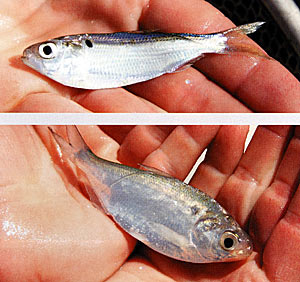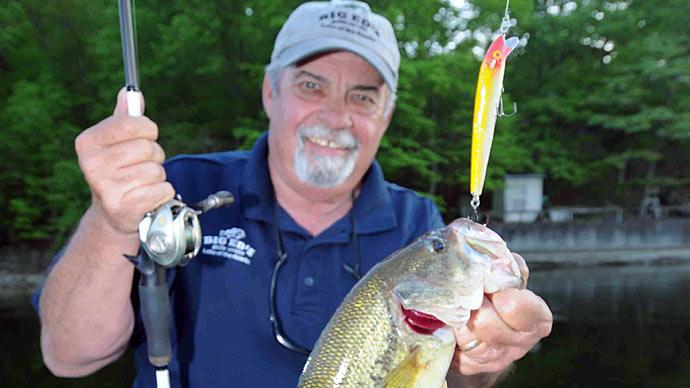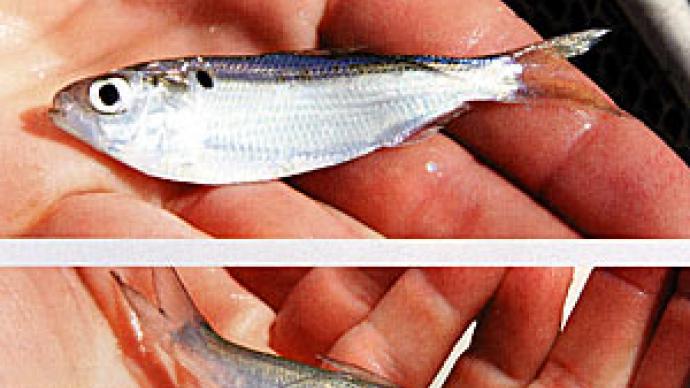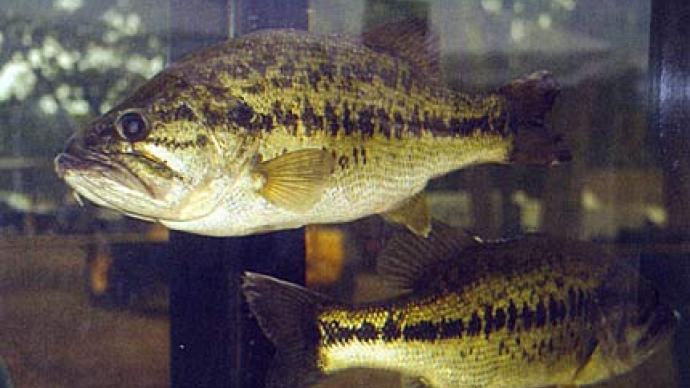
During the quest of growing the biggest largemouth bass on the planet, every pondmeister comes across the mention of threadfin shad (Dorosoma petenense) at some time during their journey. Heck, lots of big bass have been produced by pond owners who swear by the little silvery fish. It doesn't take long to understand that giant largemouth bass must have diversity of their food chain. Bluegill are the backbone of the bass food chain, but biologists and those pondmeisters in the know understand that massive amounts of food, available all of the time, is what it takes to grow double-digit bass.
Threadfin shad are often called into action to play the role of diversification.
If you are considering using threadfin shad, here are some facts about this sleek, fast reproducing fish.
Threadfin shad live mostly in the south, west of the Appalachians, into Florida, Georgia and Alabama and points westward, through Texas. They've been transplanted into other areas with limited success. Threadfins can't tolerate water temperatures below 42 degrees F. In the mid 40's, threadfins become sluggish and below 42 degrees they die.
Full grown threadfin shad seldom reach beyond seven inches, making them a perfect food for largemouth bass in private lakes and ponds. They are filter feeders, so if you plan to stock them, make sure you have a healthy plankton bloom in your lake. The fish is silvery to cream color with yellow fins and the name comes from an elongated ray on its dorsal fin.
Threadfins prefer to stick their eggs on grassy to firm substrates. They'll school along the shoreline from first light until shortly after dawn, once the water temperatures reach the upper 60's, lower 70's. That's their spawning behavior. By sun up, they're gone, back into open water to feed. Threadfins will spawn several times yearly to build their numbers and it's common to see schools of bass feeding on top of the water in mid-summer, especially when plankton rises mid-day and when threadfin baby numbers reach their peak.
Their life spans only two to three years, so they make up for short lives by spawning young and often. Threadfins have eggs when they are slightly longer than two inches. That means some threadfins as young as 90 days old can reproduce.
That's a big reason threadfin shad are a forage fish of choice for growing giant largemouth bass in private waters.
Reprinted with permission from Pond Boss Magazine



